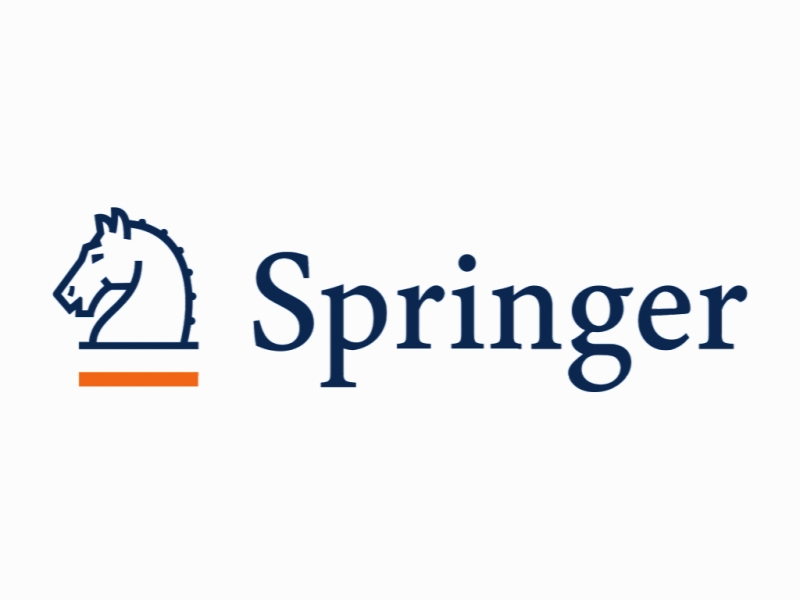بررسی رفتار برشی پرتوهای بتنی پیش تنیده توسط بتن تقویت شده با الیاف An Investigation on Shear Behavior of Prestressed Concrete Beams Cast by Fiber Reinforced Concrete
- نوع فایل : کتاب
- زبان : انگلیسی
- ناشر : Springer
- چاپ و سال / کشور: 2018
توضیحات
رشته های مرتبط مهندسی عمران
گرایش های مرتبط سازه
مجله عربی علوم و مهندسی – Arabian Journal for Science and Engineering
دانشگاه Civil Engineering Department – UET Taxila – Punjab – Pakistan
منتشر شده در نشریه اسپرینگر
کلمات کلیدی انگلیسی Shear behavior, Prestressed beams, Steel fiber reinforced beam, Polypropylene fiber reinforced beam, Hybrid fiber reinforced beam
گرایش های مرتبط سازه
مجله عربی علوم و مهندسی – Arabian Journal for Science and Engineering
دانشگاه Civil Engineering Department – UET Taxila – Punjab – Pakistan
منتشر شده در نشریه اسپرینگر
کلمات کلیدی انگلیسی Shear behavior, Prestressed beams, Steel fiber reinforced beam, Polypropylene fiber reinforced beam, Hybrid fiber reinforced beam
Description
1 Introduction Shear strength has been under discussion from 1900, but it gained major importance as a research topic in the early 1950’s [1]. After the development of prestressed concrete, interest in the shear strength has been improved. Longer spans can be used and heavier loads can be carried, by the application of prestressing. By considering the test data and concepts of diagonal tension, it is concluded that prestressed concrete beams have more shear strength than that of reinforced concrete beams [2]. Shear strength depends on various factors such as internal friction due to the interlock of aggregates, dowel effect of flexural reinforcing bars and involvement of compressive struts formed during loading process of a beam failing in shear [3]. Antonio et al. [4] used fiber reinforced concrete (FRC) to enhance the load carrying capacity, energy dissipation performance of concrete and shear strength of the beams. The study also concluded that the quantity of fibers has influenced the first crack strength and the entire post-cracking behavior. Brittle shear failure can be suppressed in favor of more ductile behavior by addition of sufficient amount of fibers [5]. To get the best advantage of fibers in crack control and shear resistance, three-dimensional randomly distributed fibers are spread throughout the structural member. Fibers influence micro-cracks by delaying their widening [6,7]. By observing the experimental results of several researchers, it was concluded that by the use of FRC there is potential reduction or even the total replacement of steel stirrups [8,9]. Steel fibers and conventional stirrups used in combination are even more efficient [10]. Patil and Keshav [11] added steel fibers in concrete to investigate the effect of prestressing on flexural and shear strength of concrete. They used 20% fly ash as a substitute of binder to its weight and 1.5% steel fibers by weight of concrete. It was noted that steel fiber reinforced prestressed concrete beams enhance crack resistance, shear strength and flexural strength. It was also seen that plain concrete beams showed brittle failure while steel fiber reinforced concrete beams showed ductile failure. Hwang et al. [12] investigated shear deformation of prestressed concrete beams reinforced with steel fiber by varying fiber volume dosage, compressive strength of concrete and prestressing force. It was concluded that prestressing and steel fibers were very efficient in enhancing the ultimate shear strength and shear cracking resistance of the beams. Tadepalli et al. [13] worked on shear strength of prestressed concrete I-section beams with steel fibers but without transverse steel reinforcement. From the experimental results, it was concluded that with increase in steel fiber ratio, the shear capacity of beams is also enhanced. It also reflected an influence on crack width and first crack load.


